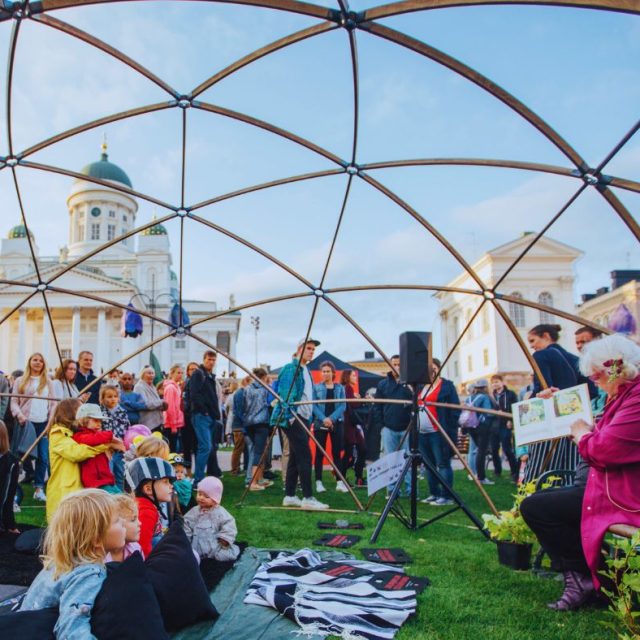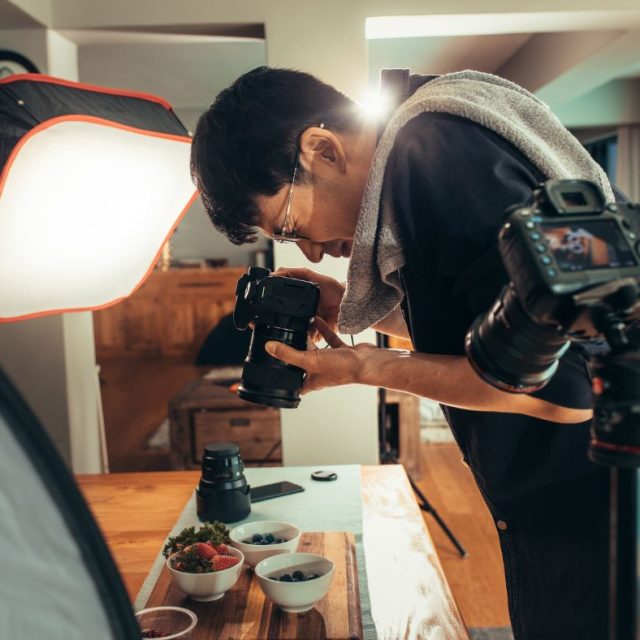What role does the Helsinki Model play in diversifying arts and culture across the Helsinki neighbourhoods?
Project: creating a model to encourage civic participation in cultural planning

The Purpose
The Helsinki Model is a model for participatory local cultural work aiming to increase the accessibility of culture for all the city’s inhabitants. It aims to diversify and create a balance between arts and culture offered in different neighbourhoods and ensure that all inhabitants have access to culture. It encourages art institutions and organisations to expand their activities beyond their facilities. The model also aims to strengthen the positive profile of suburban areas and the cohesion of communities by increasing local participation.
The Challenge
The model was initiated in 2016 by the Culture and Library Board. Engaging diverse communities and ensuring their active participation in cultural activities can be challenging. Some residents may be less inclined to participate or may face barriers to involvement.
Participation and ownership of an artistic outcome have the power to make people feel proud of both themselves and their neighbourhood. They can turn feelings of loneliness into feelings of connectivity.

The Solution
So far, 12 cultural organisations and institutions have been funded to deliver activities in four different districts in Helsinki between 2022-24. Activities have included workshops, artists’ residencies, themed walks, community gardens, concerts and performances, gastronomic events, exhibitions, storytelling and podcasts. The planning and implementation of the activities are done together with the inhabitants.
They are always considered active actors rather than passive spectators. One of the activity areas of the Helsinki Model is Malmi, a district of some 24,000 inhabitants located in Northeast Helsinki. Malmi has been prioritised as one of the city’s three focus areas for urban regeneration. Physical construction is a big part of development, but the key to urban regeneration is the permanent improvement of living conditions, and this renewal process is divided into four different priority areas: vitality, urban environment, services and inclusion.
The development of the district has been implemented holistically. The collaboration between City departments and the interaction with residents and other stakeholders are essential in this work. The Helsinki Model contributes to local development using art and culture. The artists have gained experience and knowledge of appropriate methods of inclusion and interaction with inhabitants, while the artistic outreach activities have enabled the identification of local development needs and hopes from a residents’ perspective.
The Impact
The participatory artistic projects reflect the local distinctiveness and identity of the area creatively. Participation and ownership of an artistic outcome have the power to make people feel proud of both themselves and their neighbourhood. They can turn feelings of loneliness into feelings of connectivity. When communities are involved in co-creating, people can feel that their voice is truly being heard.
Source: World Cities Culture Report 2022
Images Courtesy © City of Helsinki




